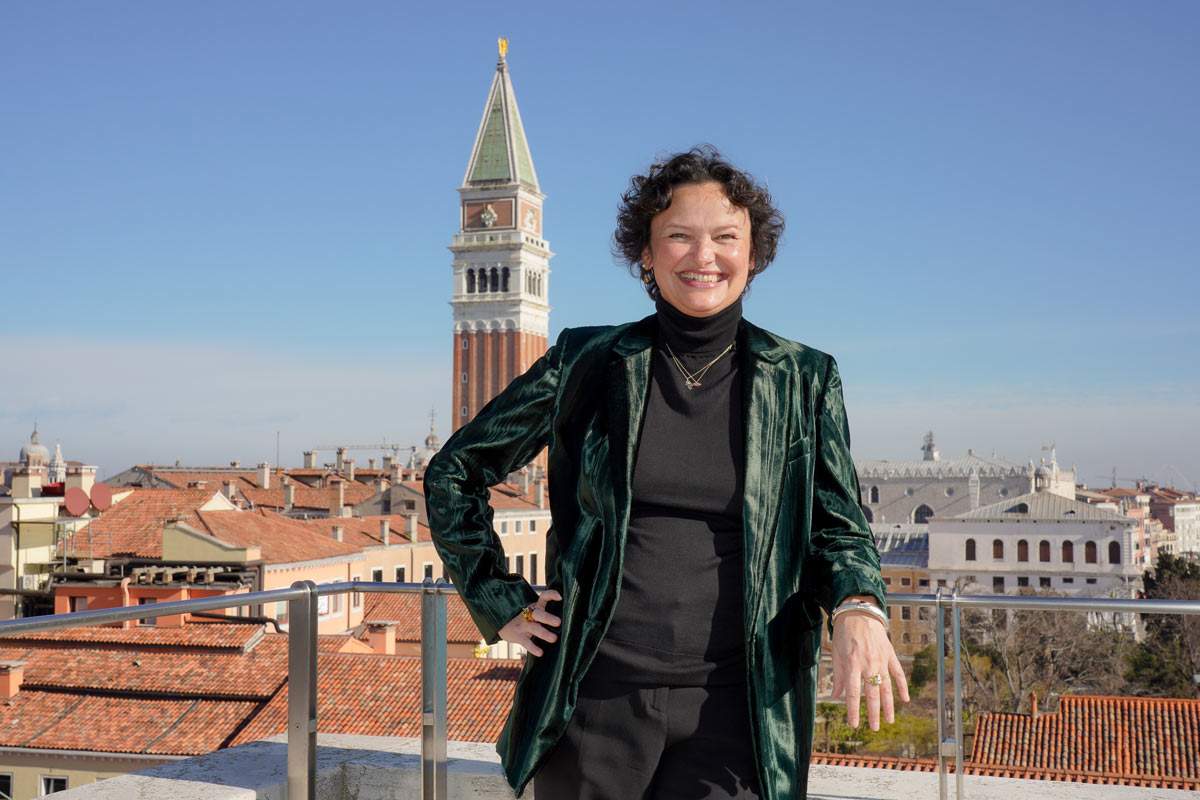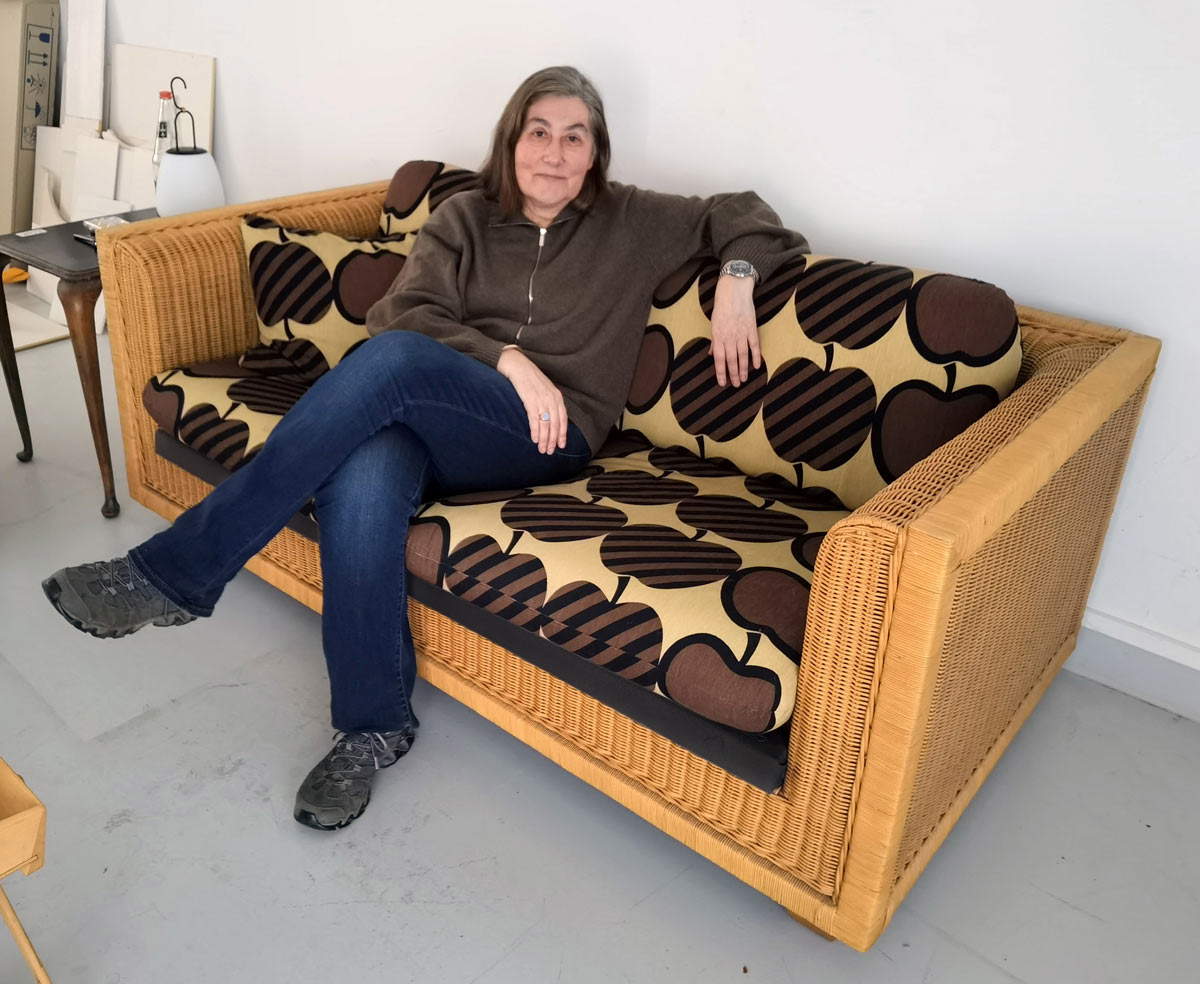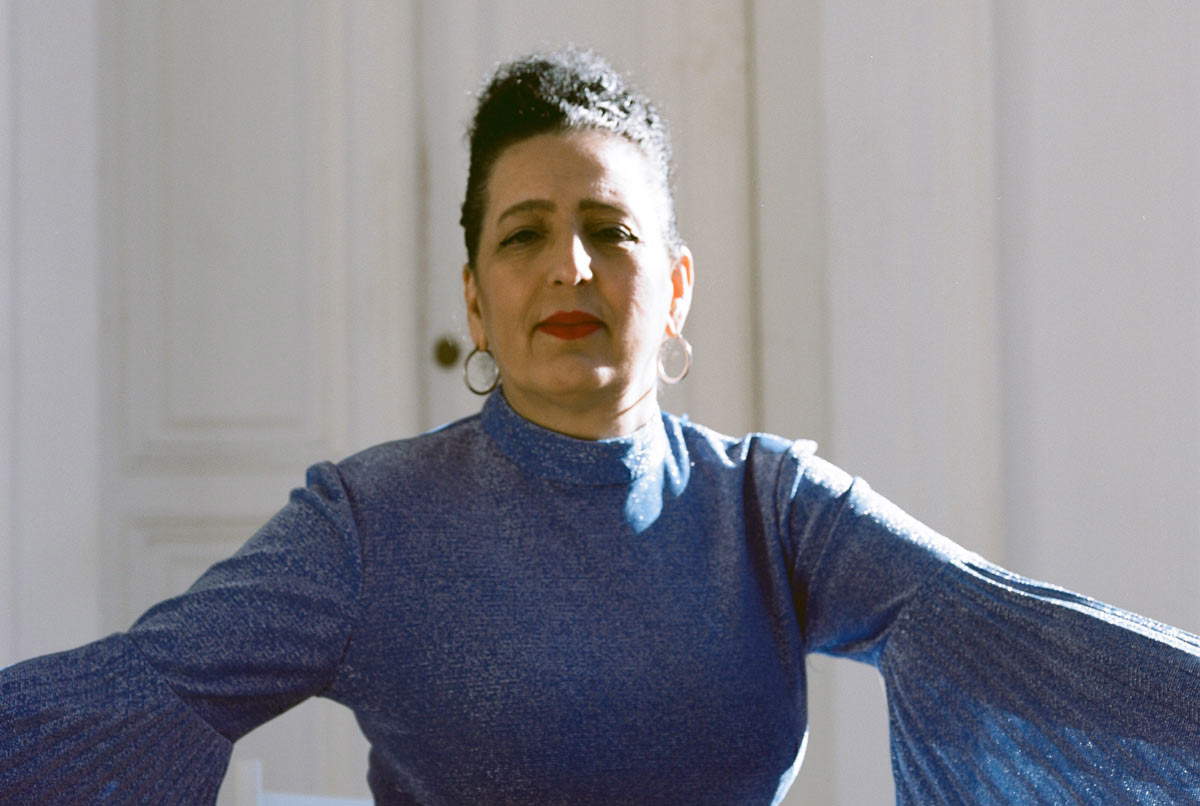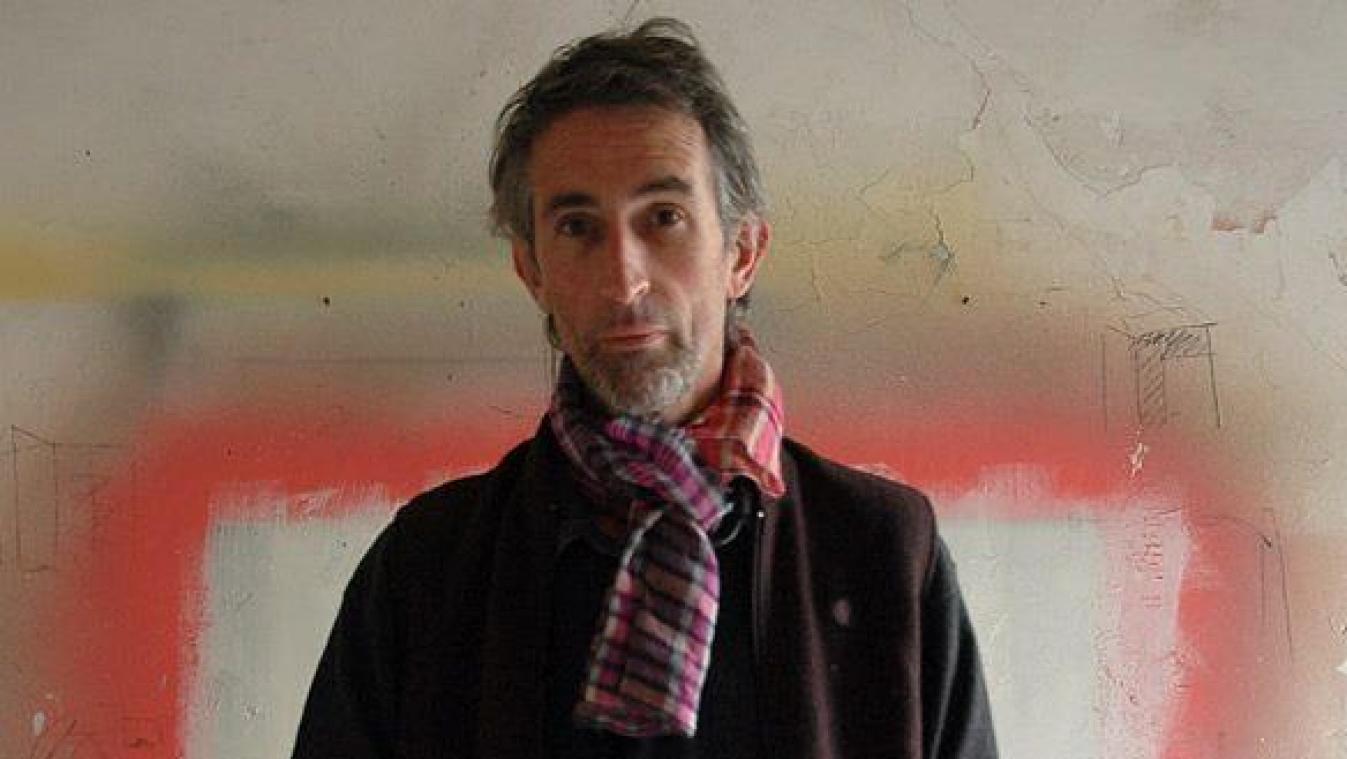The 59th International Art Exhibition of the Venice Biennale opens to the public today, after almost a week of previews reserved for insiders. However, from the comments of those who were there, from first impressions, from conversations at dinner and aperitifs, from the sensations the exhibition has aroused, it is already possible to list who the ten undisputed protagonists of this edition are. Here they are, one by one, and for what reasons.
The curator of The Milk of Dreams is the number one star of this edition of the Biennale. Always present in the halls giving interviews, always smiling, visibly pleased with the enormous work and the praise that, for the moment, outweighs the criticism. You may or may not like her exhibition, but here we are not facing one of those reviews behind which the curator disappears: here, on the contrary, the imprint is well present, and the claiming character of the exhibition (with 191 women artists against 22 men) as well.

If Cecilia Alemani is the star, Simone Leigh is the matador. She transformed the U.S. pavilion outside, filled it with her monumental works about the plight of women and the African diaspora, captivated everyone with her huge sculpture at the beginning of the Arsenale (probably the most photographed of the entire international exhibition), and even won the Golden Lion as best artist of the exhibition. How many artists in the history of the Biennale have managed such an en plein?

On the first day of the preview he was there in front of his Acqua alta, looking serious and tried, but willing. Pavlo Makov is one of the moral winners of this edition of the Biennale: the Ukrainian artist finished his work while the Russian army was bombing Kharkiv, his city, and his team loaded it into a car and with a journey of several hours brought it to Venice. One cannot help but think of this story when visiting the pavilion of Ukraine.

At least in Italy he is the artist who has been talked about the most. In fact: he has been talked about for months, and all the critics and press have been waiting for him. Gian Maria Tosatti is the first Italian in history to have his national pavilion all to himself, and that alone is historic. Opinions on his project History of the Night and Destiny of Comets are divided. For some it was a revelation, so much so that there were rumors of a possible Golden Lion (which Italy has lacked since 1999), while for others it was an amusement park attraction. But on one outcome everyone agrees: in these pre-opening days all the comments were for him. We will now see the impact the Italian Pavilion will have on the continuation of his career.

The Great Britain Pavilion, from the very first day of the preview, has been among the most crowded of the Biennale. Long queues to soak in the atmosphere of Feeling Her Way, this sort of monument to black female vocalists that earned London-based artist Sonia Boyce the Golden Lion for Best National Pavilion. This is the first time Britain has won the award for best participation. The queues are sure to increase in the coming days.

Truth be told, there is perhaps one artist who can contend with Simone Leigh for the palm of most photographed of this Biennale. It is Germany’s Katharina Fritsch: if the American opens the Arsenale, she instead bears the burden of welcoming the public to the Central Pavilion in the Giardini with her huge 1987 elephant, inserted by way of a statement of intent at the opening of the exhibition, because of the strangeness of its presence and the colors that, according to the curator, make it almost a fantastic creature, in keeping with the exhibition’s themes. One of the best works in the exhibition, although a good thirty-five years old. Also, she took home the Golden Lion for Lifetime Achievement.

Among the most anticipated works of this Biennale was the project Les rêves n’ont pas de titre by the French-Algerian Zineb Sedira, which confirmed perhaps the most appreciated and at the same time discussed line of this edition of the event: the creation of so-called “immersive” environments. If Tosatti took us to a factory, Sedira instead takes us on a trip to the cinema of the 1960s. And she even set up a real cinema in the last hall of the Pavilion of France. For her, special mention from the international jury. Is that à la Tosatti and Sedira the art that will be in vogue in the future?

The Antwerp-based artist is one of the heavyweights of this Biennale and it is his project for the Belgian Pavilion, filled with poetry, with paintings and videos that address one of the themes dear to his production, that of children’s games. The Nature of the Game is a project to be revisited quietly, outside the days of the crush. For many, it was among the Golden Lion hopefuls. Francis Alÿs ultimately won no awards but perhaps achieved something more: he touched the chords of so many. And his works are among the most memorable of this edition.

If there is one young person who will come out of this Venice Biennale with a decidedly changed career, it is the Venetian Chiara Enzo, born in 1989. Her paintings on the theme of the body, the fulcrum of the “relationship between the self and the other than self,” as she herself declares, assembled on a single wall to compose a kind of installation in the Central Pavilion of the Giardini, have won virtually unanimous acclaim. She is the revelation of Biennale 2022.

Okay the Biennale against the white Western male. But it just so happens that a good portion of the galleries, even those from which many of the artists selected for The Milk of Dreams come, are in the hands of white Western males. Matthew Marks is no exception: his stable even takes home two Gold Lions out of four (Simone Leigh and Katharina Fritsch). His gallery is one of twelve from which at least three female artists exhibiting at the Biennale come, between exhibition and national participation. Of these, nine are run by males (with eight Westerners). Thought-provoking numbers when compared to the power ratios of the female artists in the exhibition.

 |
| The 10 real protagonists of the Venice Biennale 2022 |
Warning: the translation into English of the original Italian article was created using automatic tools. We undertake to review all articles, but we do not guarantee the total absence of inaccuracies in the translation due to the program. You can find the original by clicking on the ITA button. If you find any mistake,please contact us.